Home>Renovation & DIY>Home Renovation Guides>What Is The Difference Between Excavated And Unexcavated Crawl Spaces?
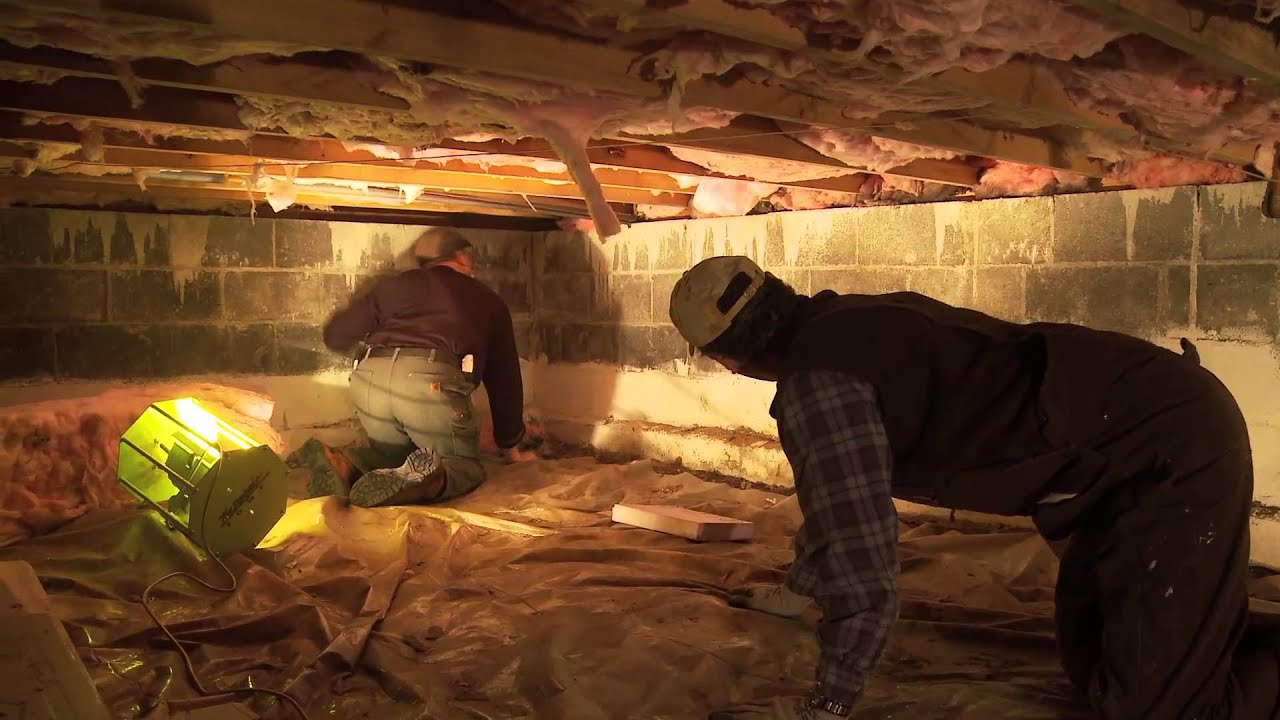

Home Renovation Guides
What Is The Difference Between Excavated And Unexcavated Crawl Spaces?
Published: January 31, 2024
Learn about the disparities between excavated and unexcavated crawl spaces to make informed decisions for your home renovation. Explore our comprehensive guide.
(Many of the links in this article redirect to a specific reviewed product. Your purchase of these products through affiliate links helps to generate commission for Storables.com, at no extra cost. Learn more)
Introduction
When it comes to home renovations, the crawl space is often an overlooked yet crucial aspect of a house. Understanding the difference between excavated and unexcavated crawl spaces is essential for homeowners looking to optimize their living environment. Whether you're considering a renovation project or simply seeking to enhance your property's structural integrity, grasping the distinctions between these two types of crawl spaces is paramount.
Excavated and unexcavated crawl spaces each have their own set of advantages and drawbacks, and comprehending these disparities can significantly impact the overall functionality and maintenance of your home. By delving into the specifics of excavated and unexcavated crawl spaces, you can make informed decisions that align with your renovation goals and long-term property management.
In the following sections, we will explore the definitions of excavated and unexcavated crawl spaces, delve into the respective pros and cons of each, and provide valuable insights to help you navigate the considerations involved in choosing between these two options. Whether you're a homeowner embarking on a renovation journey or a curious individual seeking to expand your knowledge of home improvement, this comprehensive guide will equip you with the knowledge needed to make informed decisions regarding your crawl space.
Key Takeaways:
- Excavated crawl spaces offer easier access, improved ventilation, and expanded storage options. However, they may require more maintenance and incur additional costs for homeowners.
- Unexcavated crawl spaces provide natural stability, environmental regulation, and potential low maintenance. However, they may have limited accessibility and storage constraints for homeowners.
Definition of Excavated Crawl Spaces
Excavated crawl spaces refer to areas beneath a home that have been intentionally dug out or excavated to create a deeper and more accessible space. This type of crawl space typically involves removing soil or other obstructions to increase the vertical clearance, allowing for easier access and potential usage. Excavation may be carried out to address various structural or functional needs, such as facilitating repairs, improving ventilation, or creating additional storage space.
One of the defining characteristics of an excavated crawl space is its increased height, which sets it apart from unexcavated counterparts. By increasing the vertical clearance, homeowners and maintenance professionals can navigate the area more comfortably, making it easier to conduct inspections, repairs, or maintenance tasks. This enhanced accessibility can contribute to improved air circulation and reduced moisture buildup, thereby promoting a healthier environment within the crawl space and the entire home.
Furthermore, excavated crawl spaces often offer greater flexibility for homeowners seeking to utilize the space for storage or other purposes. The increased height and accessibility make it feasible to store items or install equipment within the crawl space, effectively expanding the usable area of the home. This can be particularly advantageous for properties with limited storage options, as it provides an additional area to accommodate various belongings without encroaching on the main living spaces.
In addition to the practical benefits, excavated crawl spaces can also contribute to the overall structural integrity of a home. By creating a more accessible and ventilated environment beneath the house, potential issues such as mold growth, pest infestations, and moisture-related damage can be mitigated. This proactive approach to maintaining the crawl space can have a positive ripple effect on the entire property, safeguarding its long-term durability and livability.
In summary, excavated crawl spaces are characterized by their intentional excavation to increase vertical clearance, accessibility, and potential usage. This type of crawl space offers practical advantages, such as improved maintenance access, enhanced storage opportunities, and structural benefits that can positively impact the overall condition of a home. Understanding the defining features of excavated crawl spaces is essential for homeowners considering renovation projects or seeking to optimize their property's functionality and longevity.
Definition of Unexcavated Crawl Spaces
Unexcavated crawl spaces, in contrast to their excavated counterparts, refer to areas beneath a home that have not undergone intentional digging or excavation to increase vertical clearance. These crawl spaces typically maintain the original depth and configuration, with minimal alterations to the natural terrain beneath the house. Unexcavated crawl spaces are commonly found in properties where the natural ground level beneath the home remains largely untouched, preserving the original layout and elevation of the space.
One of the defining characteristics of unexcavated crawl spaces is their relatively limited vertical clearance compared to excavated counterparts. The natural depth of these crawl spaces may pose challenges in terms of accessibility and maneuverability, especially during maintenance and inspection tasks. The reduced height can restrict the ease of entry and movement within the crawl space, potentially complicating repair and maintenance efforts.
Furthermore, unexcavated crawl spaces may present limitations in terms of potential usage and storage opportunities. The original depth and configuration of these spaces may not readily accommodate storage needs or additional equipment, as the restricted vertical clearance can hinder the practical utilization of the area. Homeowners seeking to maximize storage options or create functional spaces within the crawl space may encounter constraints due to the natural layout of unexcavated areas.
Despite these limitations, unexcavated crawl spaces play a crucial role in maintaining the structural integrity and environmental balance of a home. The natural terrain and soil composition beneath the house contribute to the overall stability and support of the property. Additionally, unexcavated crawl spaces can serve as a buffer against moisture and temperature fluctuations, providing a natural barrier that helps regulate the climate within the home.
In summary, unexcavated crawl spaces retain their original depth and configuration without intentional excavation to increase vertical clearance. While they may present challenges in terms of accessibility and potential usage, these crawl spaces contribute to the foundational stability and environmental equilibrium of a home. Understanding the characteristics of unexcavated crawl spaces is essential for homeowners evaluating renovation options and seeking to maintain the overall functionality and resilience of their property.
Pros and Cons of Excavated Crawl Spaces
Excavated crawl spaces offer several distinct advantages that can significantly enhance the functionality and maintenance of a home. However, they also come with certain considerations that warrant careful evaluation. Understanding the pros and cons of excavated crawl spaces is essential for homeowners seeking to make informed decisions regarding their property's renovation and long-term management.
Pros of Excavated Crawl Spaces
-
Enhanced Accessibility: The increased vertical clearance in excavated crawl spaces facilitates easier access for homeowners and maintenance professionals. This heightened accessibility simplifies the process of conducting inspections, repairs, and maintenance tasks, contributing to more efficient property management.
-
Improved Ventilation: By creating a more spacious and accessible environment, excavated crawl spaces can promote better air circulation. This enhanced ventilation helps mitigate moisture buildup and reduces the risk of mold growth, contributing to a healthier living environment within the home.
-
Expanded Storage Opportunities: The additional vertical clearance in excavated crawl spaces allows for greater flexibility in utilizing the space for storage purposes. Homeowners can take advantage of the increased height to store items or install equipment, effectively expanding the usable area of the home and optimizing storage options.
-
Structural Benefits: Excavated crawl spaces can contribute to the overall structural integrity of a home. The improved accessibility and ventilation help safeguard against potential issues such as moisture-related damage and pest infestations, thereby supporting the long-term durability of the property.
Cons of Excavated Crawl Spaces
-
Cost Considerations: The excavation process involved in creating an excavated crawl space can incur additional costs, including labor, equipment, and materials. Homeowners should carefully assess the financial implications of excavation as part of their renovation budget.
-
Potential for Soil Instability: Excavation activities may disrupt the natural soil composition beneath the home, potentially impacting the stability of the foundation. Proper assessment and reinforcement measures may be necessary to address any soil instability resulting from the excavation process.
-
Maintenance Requirements: While excavated crawl spaces offer improved accessibility, they may also require regular maintenance to uphold the benefits of enhanced ventilation and structural integrity. Homeowners should factor in the ongoing maintenance needs associated with excavated spaces when planning for property upkeep.
-
Moisture Management: The increased vertical clearance in excavated crawl spaces may necessitate proactive moisture management measures to prevent water infiltration and ensure a dry environment. Proper moisture control strategies, such as encapsulation or drainage systems, may be essential for maintaining optimal conditions within the crawl space.
In summary, excavated crawl spaces present compelling advantages, including enhanced accessibility, improved ventilation, expanded storage opportunities, and structural benefits. However, homeowners should carefully weigh these benefits against considerations such as cost, soil stability, maintenance requirements, and moisture management when evaluating the suitability of excavated crawl spaces for their property.
Pros and Cons of Unexcavated Crawl Spaces
Unexcavated crawl spaces offer unique characteristics that come with both advantages and considerations for homeowners. Understanding the pros and cons of unexcavated crawl spaces is essential for making informed decisions regarding property maintenance and renovation projects.
Pros of Unexcavated Crawl Spaces
-
Natural Stability: Unexcavated crawl spaces maintain the natural terrain and soil composition beneath the home, contributing to the foundational stability of the property. The original layout of the space preserves the inherent support provided by the natural ground, enhancing the overall structural integrity of the home.
-
Environmental Regulation: The natural depth and configuration of unexcavated crawl spaces serve as a natural buffer against moisture and temperature fluctuations. This inherent environmental regulation helps maintain a balanced climate within the home, contributing to energy efficiency and comfort.
-
Low Maintenance: Compared to excavated crawl spaces, unexcavated areas may require less maintenance due to their natural state. The original terrain and limited vertical clearance may result in fewer maintenance demands, making unexcavated crawl spaces a practical option for homeowners seeking a low-maintenance property feature.
Cons of Unexcavated Crawl Spaces
-
Limited Accessibility: The restricted vertical clearance in unexcavated crawl spaces can pose challenges in terms of accessibility and maneuverability. Homeowners and maintenance professionals may encounter difficulties when conducting inspections or repairs, potentially complicating maintenance tasks.
-
Storage Constraints: The natural depth and configuration of unexcavated crawl spaces may limit storage opportunities and functional usage. Homeowners seeking additional storage space or the potential to utilize the crawl space for specific purposes may face constraints due to the restricted vertical clearance.
-
Moisture Management: Unexcavated crawl spaces may require proactive moisture management strategies to prevent water infiltration and maintain a dry environment. The limited vertical clearance can pose challenges in addressing moisture-related issues, necessitating careful consideration of moisture control measures.
In summary, unexcavated crawl spaces offer benefits such as natural stability, environmental regulation, and potential low maintenance requirements. However, considerations regarding limited accessibility, storage constraints, and moisture management should be carefully evaluated by homeowners when determining the suitability of unexcavated crawl spaces for their property.
Excavated crawl spaces are dug out to create more headroom, while unexcavated crawl spaces are left at their original height. Excavated crawl spaces may provide easier access for maintenance and storage.
Considerations for Choosing Between Excavated and Unexcavated Crawl Spaces
When deliberating between excavated and unexcavated crawl spaces for your property, several crucial considerations come into play. These factors encompass practical, financial, and long-term implications that can significantly influence the suitability of each option for your specific renovation or maintenance needs.
First and foremost, accessibility and maneuverability are pivotal factors to weigh when choosing between excavated and unexcavated crawl spaces. Excavated crawl spaces offer enhanced vertical clearance, facilitating easier access for homeowners and maintenance professionals. This heightened accessibility streamlines the process of conducting inspections, repairs, and maintenance tasks, contributing to more efficient property management. In contrast, unexcavated crawl spaces may present challenges due to their restricted vertical clearance, potentially complicating maintenance efforts and limiting accessibility within the space.
Storage opportunities and functional usage also play a crucial role in the decision-making process. Excavated crawl spaces provide expanded storage opportunities, allowing homeowners to take advantage of the increased height for storing items or installing equipment. This can effectively optimize the usable area of the home and enhance storage options. On the other hand, unexcavated crawl spaces may impose constraints on storage and functional usage due to their limited vertical clearance, requiring careful consideration of the intended purposes for the space.
Financial considerations, including the cost of excavation and ongoing maintenance requirements, are essential aspects to evaluate. The excavation process involved in creating an excavated crawl space can incur additional costs, including labor, equipment, and materials. Homeowners should carefully assess the financial implications of excavation as part of their renovation budget. Additionally, while excavated crawl spaces offer improved accessibility and storage opportunities, they may also require regular maintenance to uphold the benefits of enhanced ventilation and structural integrity. This ongoing maintenance should be factored into the long-term property upkeep considerations.
Moreover, the environmental and structural implications of each option should be thoroughly assessed. Excavated crawl spaces contribute to improved ventilation and structural benefits, safeguarding against issues such as moisture-related damage and pest infestations. However, the potential for soil instability resulting from excavation activities should be addressed through proper assessment and reinforcement measures. On the other hand, unexcavated crawl spaces maintain the natural stability and environmental regulation provided by the original terrain, offering potential low maintenance requirements but may necessitate proactive moisture management strategies.
By carefully weighing these considerations, homeowners can make informed decisions regarding the suitability of excavated or unexcavated crawl spaces for their property. Each option presents unique advantages and considerations, and understanding the specific needs and goals of the renovation project is essential in determining the most fitting choice for optimizing the functionality and longevity of the home.
Frequently Asked Questions about What Is The Difference Between Excavated And Unexcavated Crawl Spaces?
Was this page helpful?
At Storables.com, we guarantee accurate and reliable information. Our content, validated by Expert Board Contributors, is crafted following stringent Editorial Policies. We're committed to providing you with well-researched, expert-backed insights for all your informational needs.

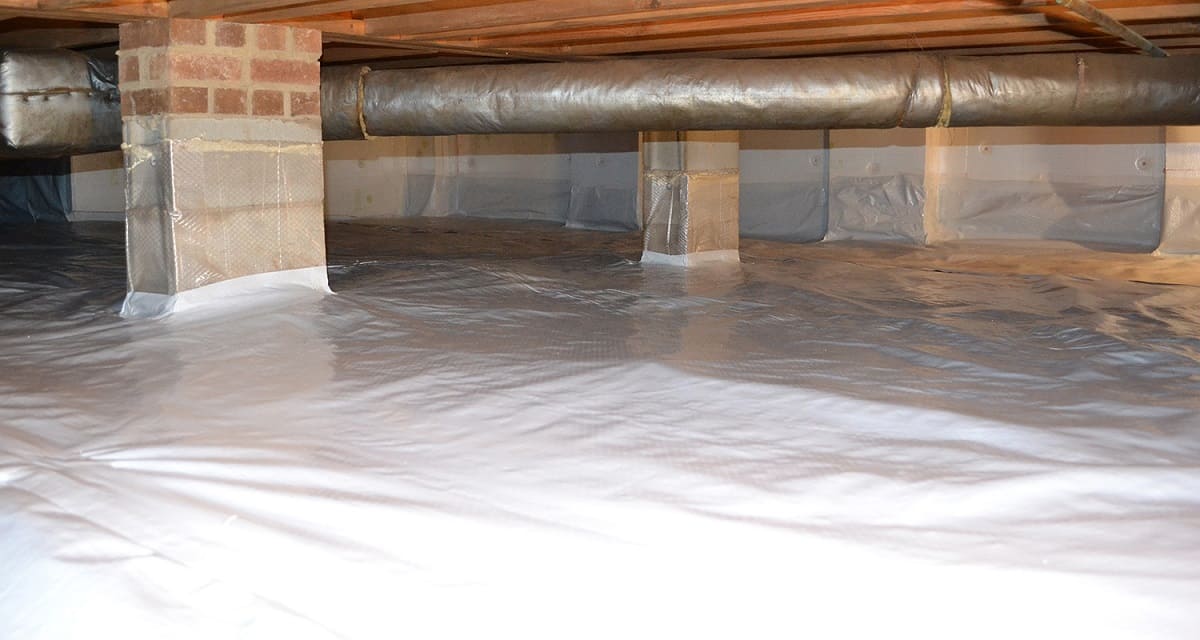
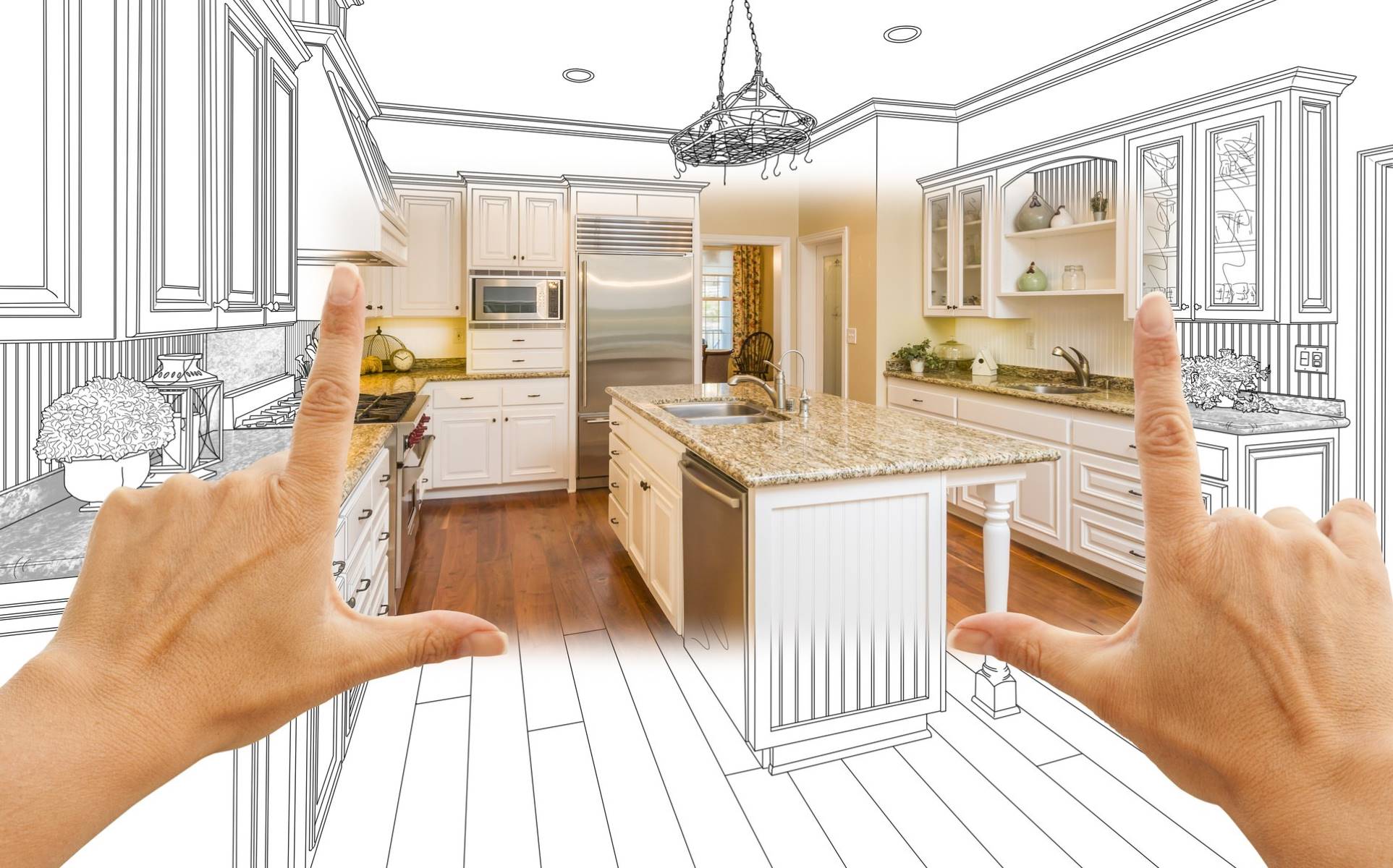




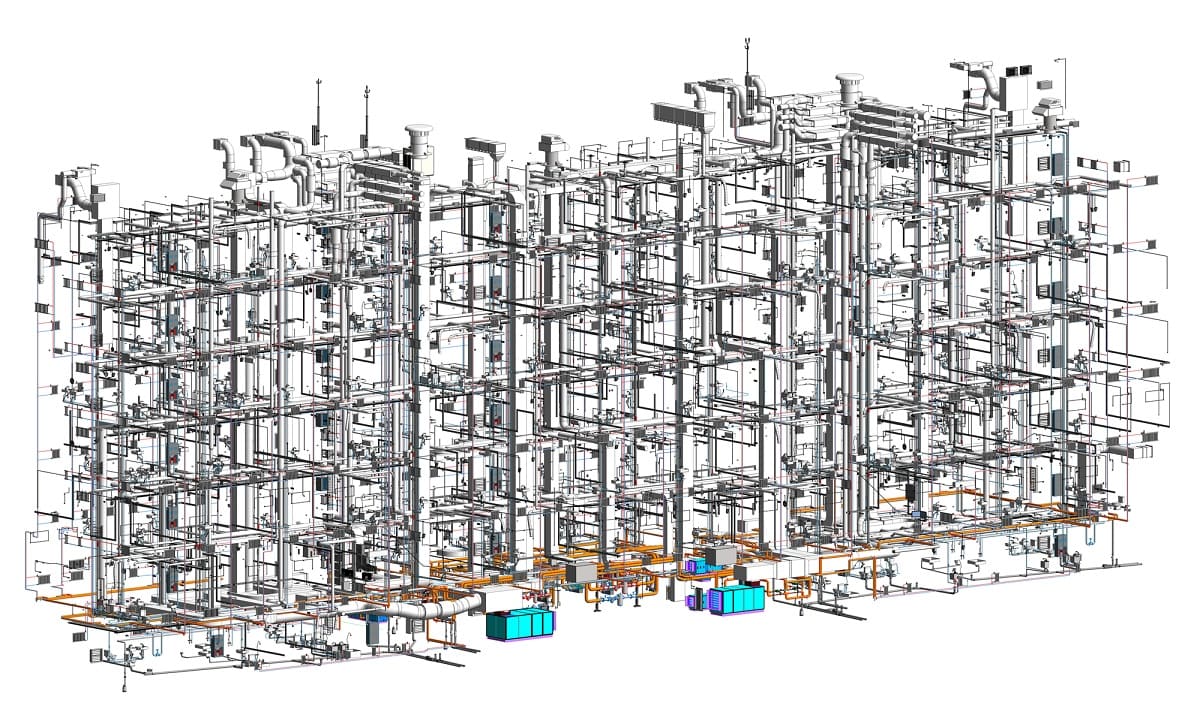

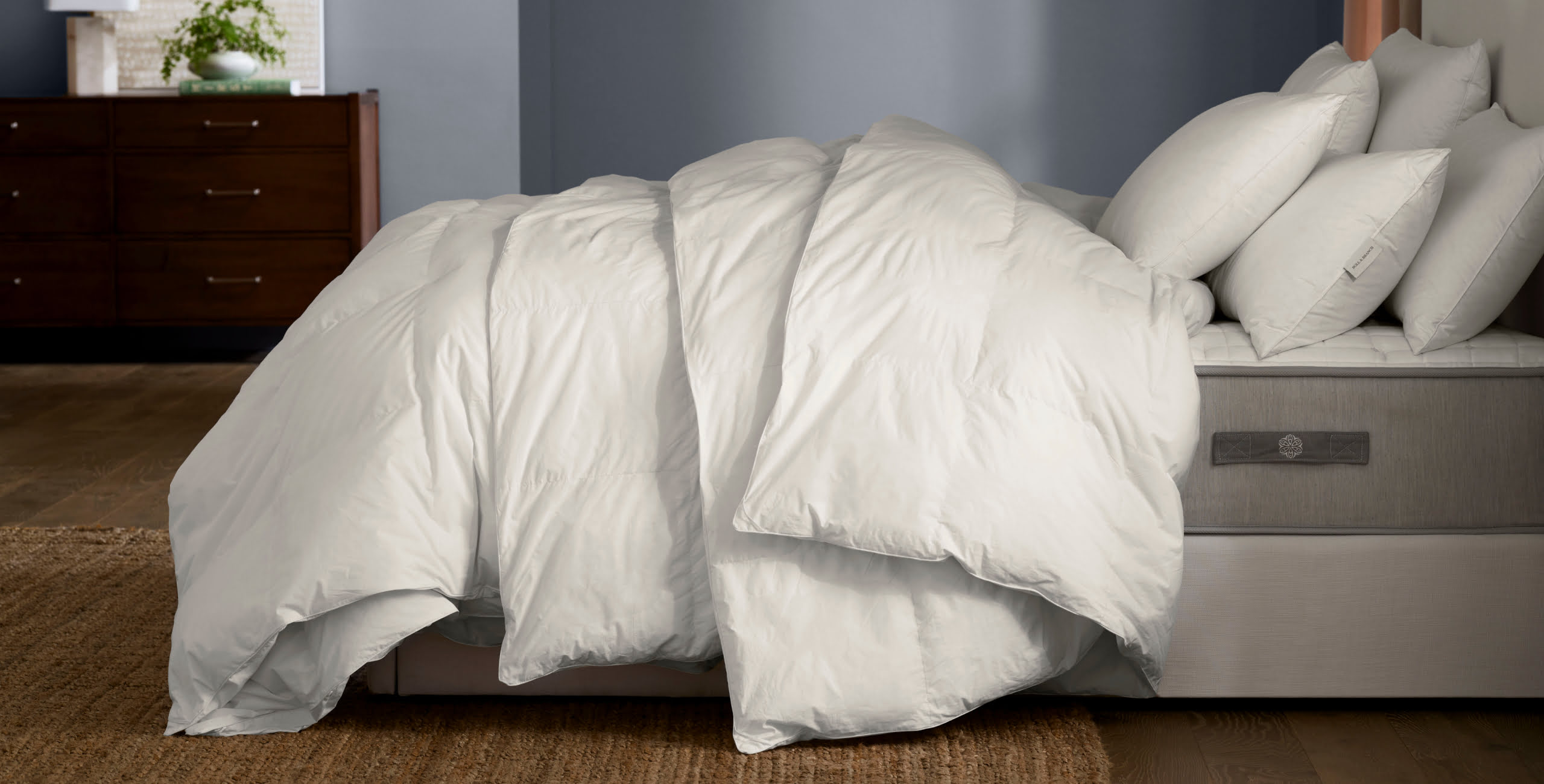
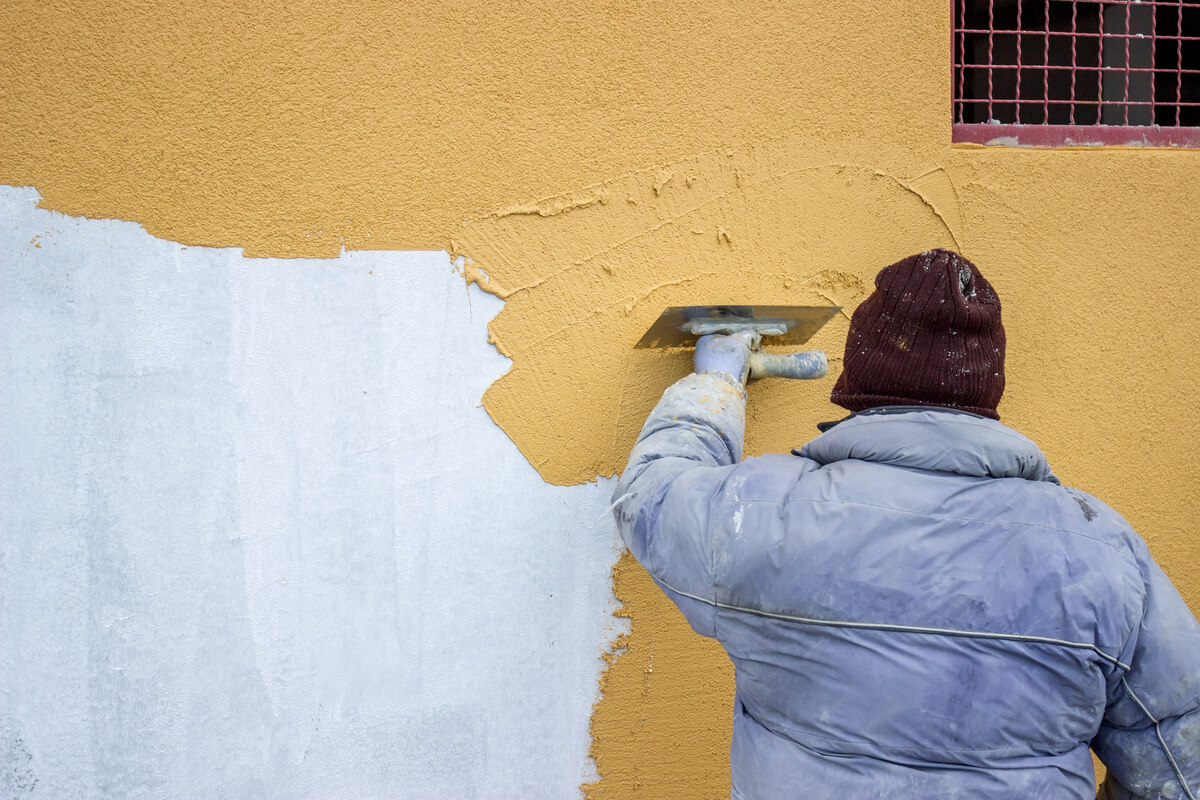



0 thoughts on “What Is The Difference Between Excavated And Unexcavated Crawl Spaces?”